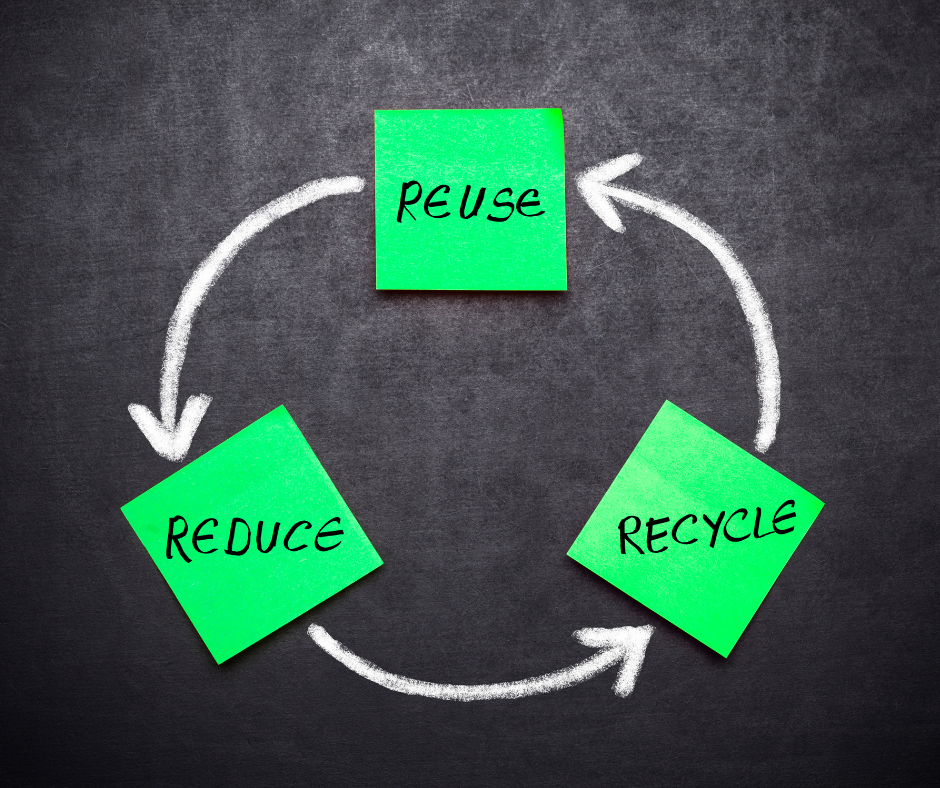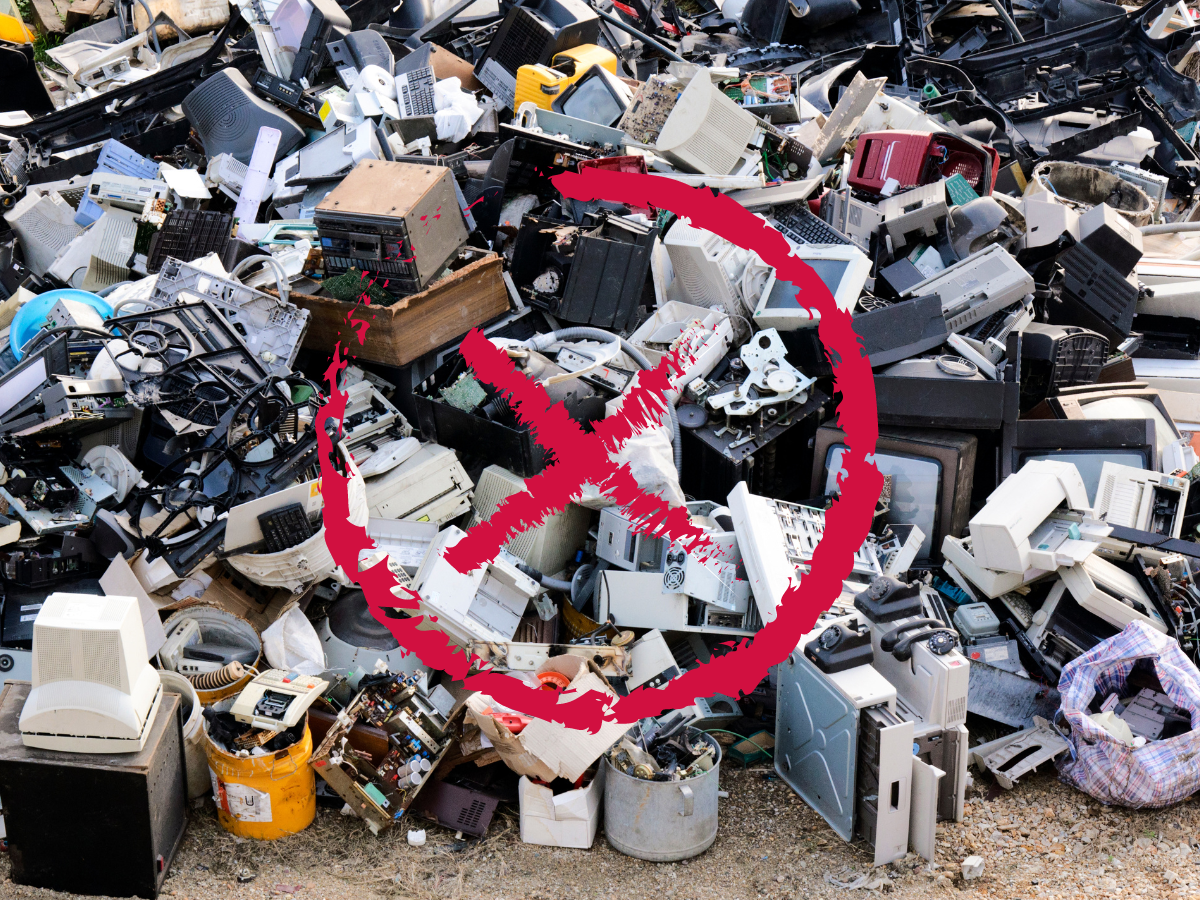As technology increases and phones, tablets, and computers become must-haves for so many, we’re seeing a barrage of refurbished items. According to Deal News, refurbished items are those that have been restored to “like-new” condition, usually by the manufacturer. Instead of thinking of them as “used” items, they have another level of detail by being reviewed by a third party. Which is why it’s not surprising that many consumers are choosing to use refurbished electronics and appliances instead of new.
“Why Should I Buy Refurbished?”
So, why are consumers choosing refurbished goods? Refurbished items are often cheaper than new and have less environmental impact. Depending on the style of refurbishment, many feel brand new! According to a Liquidity Services survey, 84% of consumers who have purchased refurbished products “are satisfied with product functionality and the price paid for the value received.” The consumer benefits available are make purchasing refurbished products a better choice for many.
Buying refurbished products also helps keep waste from entering landfills. Statistics from the United Nations found that almost 54 million tons of e-waste were dumped into landfills in 2019. Apart from environmental degradation, e-waste is also dangerous to people that live nearby and can have consequential health effects on communities due to the high volume of toxic chemicals in e-waste.
“Buying refurbished keeps e-waste from landfills,” Serge Verdoux, the managing director of Back Market, an online marketplace dedicated to refurbishing devices, told the New York Times. “Beyond that, our hope is that, eventually, the growth of the refurbished market will help slow the pace of manufacturing and buying new devices so that recycling efforts can finally catch up to the amount of e-waste produced.”

"How Do I Buy Refurbished?"
Refurbished items are usually best when they come from the manufacturer. Understanding who refurbished the item and how it was refurbished should be the first step in considering a refurbished item. Beware of items where the refurbishment timeline, status or standards are unclear.
The Washington Post recommends shopping on backmarket.com, refurb.me or gazelle.com. Each of these sites vets and handpicks sellers. Scott Henke of Onsite Consulting told the Washington Post that consumers should also look to local vendors with storefronts when shopping for refurbished items. Local vendors will be easier to engage with on warranties and any other questions.

“I Like New Electronics; How Can I Help?”
Even if you don’t want to buy refurbished items, you can still help stem the flow of e-waste. “With mounting volumes of production and disposal, the world faces what one recent international forum described as a mounting ‘tsunami of e-waste'. - Dr. Tedros Adhanom Ghebreyesus, WHO Director-General
You can still participate in refurbishment by selling an old item back to the manufacturer or similar platform so they can refurbish and resell it. This helps keep the product from landfill, protecting the health and environment of many.
From a company standpoint, encourage employees to recycle electronics by hosting an e-waste drive and partnering with a recommended provider. E-waste is something each of us touches and that we can make a difference in.
There are so many benefits to buying refurbished items instead of new ones. And even if you aren't buying something refurbished- you can still help reduce e-waste.


